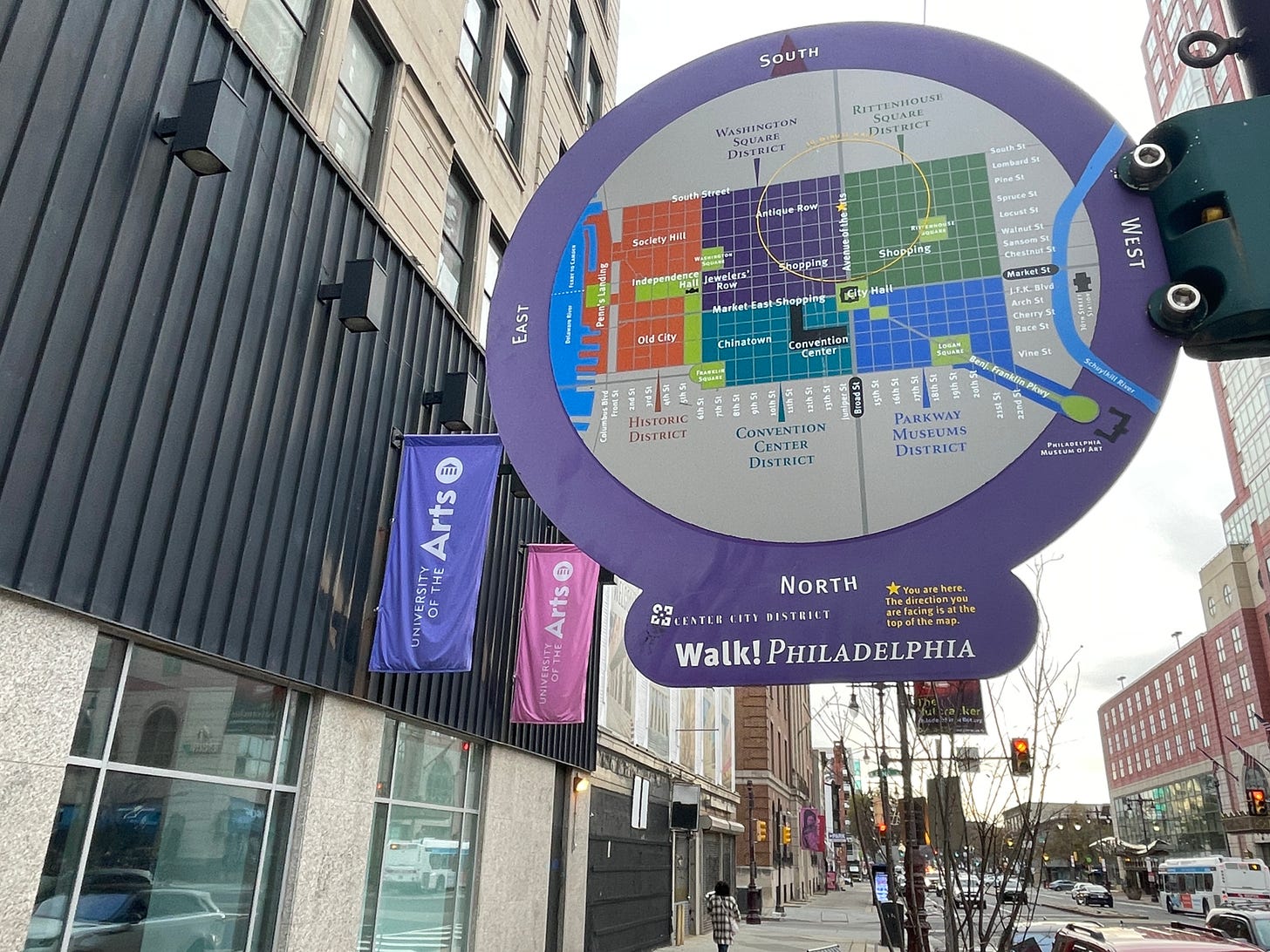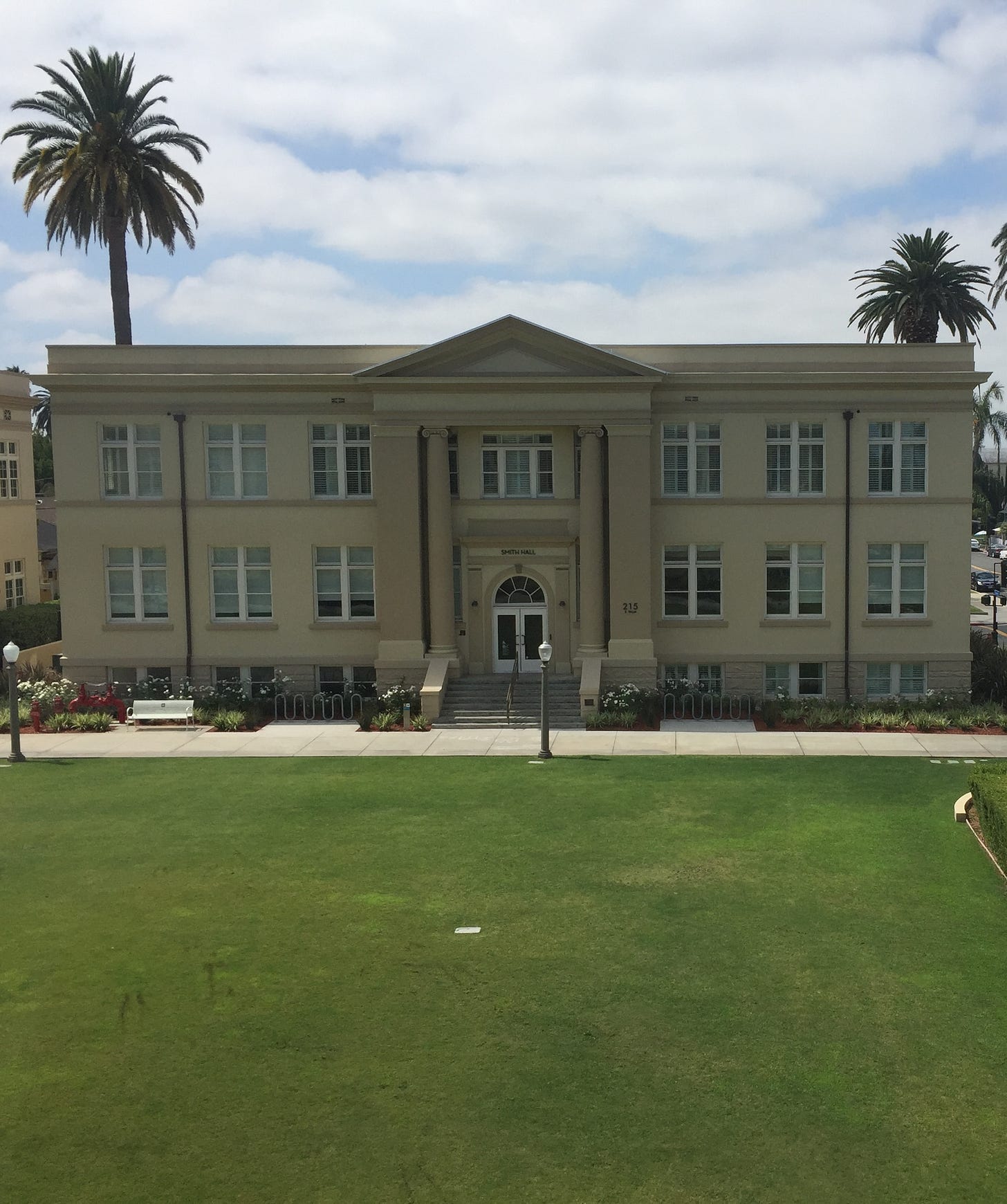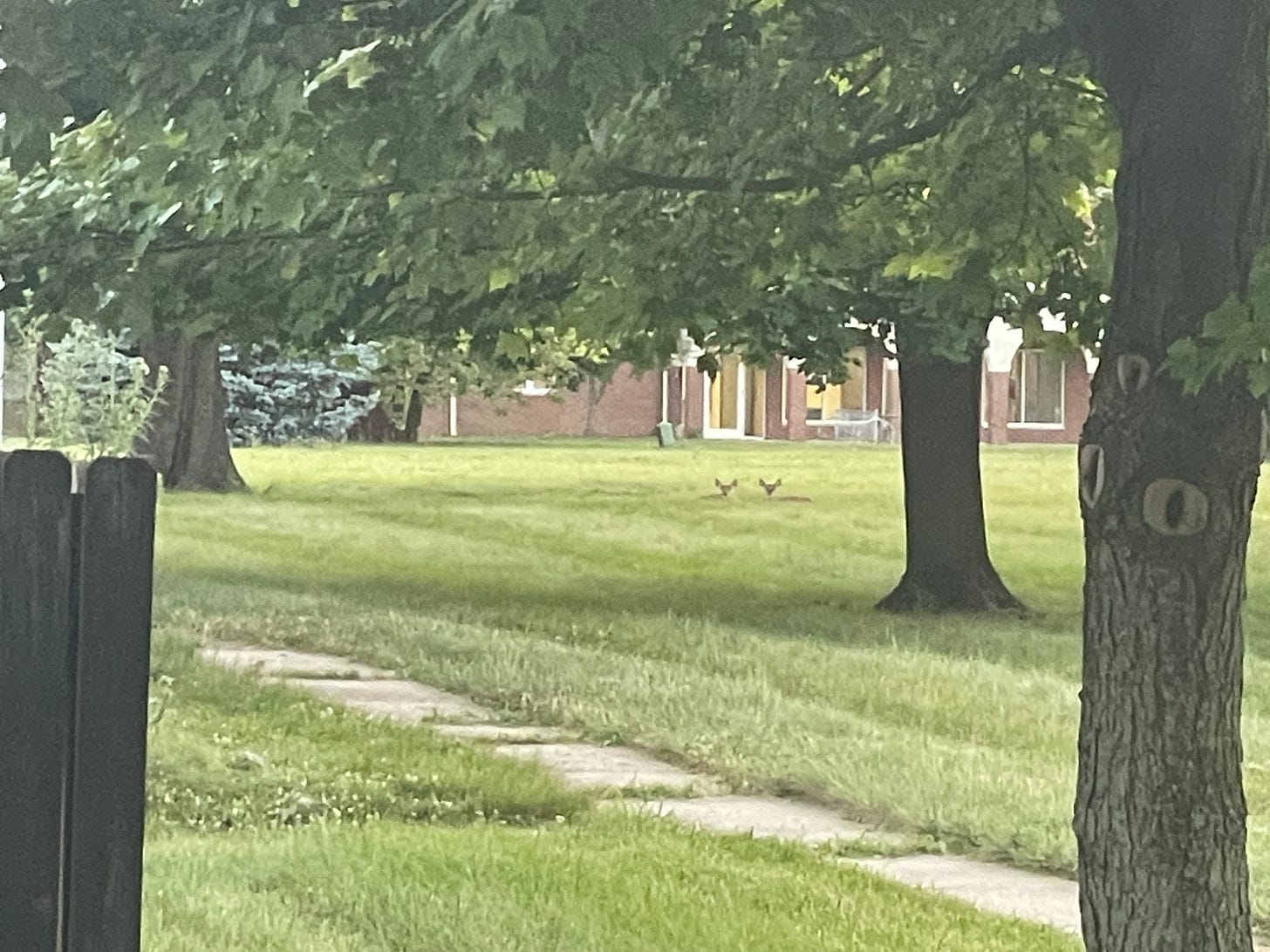No, You and a Couple of Friends Shouldn't Buy a Dead College
You will have to find another way to relive the glory of your college days.
When colleges shutter for good, they leave behind campuses full of buildings, like dorms, sports facilities, Old Mains, and a multitude of other structures that need to find adaptive reuses. It may be surprising to discover that sometimes these campuses are going for pennies on the dollar.
Take Magdalen College of the Liberal Arts in Warner, New Hampshire. The small Catholic college closed in 2024 after 51 years of operation. The sale of its 129-acre campus was listed at just $5.5 million.
The cheap price prompted Angelica Oung, who writes at Elemental to wonder why a bunch of people don’t get together and buy up these kinds of campuses. It went viral, causing others to salivate at the possibility of friend groups pitching in to buy a college.

Well, I am here to squash that dream. I study these dead and dying colleges, having visited 30 of them so far. I am here to show and tell you why you and your friends shouldn’t get together to buy one of these closed college campuses.
Deferred Maintenance
College campuses are often full of very old structures, sometimes dating back to over a century ago. These are usually the most beloved buildings on campus because of their ornate, classic, or vernacular architecture. However, these kinds of old buildings are expensive to maintain. And not just by any contractor, specialists in historic preservation are often needed.
That stately Smith Hall built in 1913 may look grand, but that’s no accident. Chapman University spends considerably to ensure the place doesn’t fall apart. My office was in an identical building across from Smith when I worked there, and renovations to these buildings can cost over $5 million each. This is reasonable for a university doing well like Chapman but could be too steep for struggling institutions.
In fact, one issue that caused colleges to end up closing in the first place is related to the maintenance of campus buildings and infrastructure. Administrations may put off deferred maintenance due to budget constraints, leaving repairs festering. The problems then exacerbate, with repairs becoming more expensive.
Old pipes can easily freeze or leak, causing flooding that ruins both the floor and ceiling. Roofs certainly will leak. Foundations of buildings can start to crack or crumble. Old wiring may corrode and become a fire hazard.
I saw these issues firsthand while visiting so many campuses with millions of dollars in deferred maintenance. At Notre Dame College in South Euclid, Ohio, the cracks and breaks in the sidewalk and parking lots were striking juxtaposed to the public sidewalk and streets. Not to mention the almost century-old Administration Building and Christ the King Chapel.

All of these issues must be addressed consistently. Unfortunately, not every university has been doing so, which is one part of why they may be so cheap in the first place. For those who buy these places, they must come ready to sink considerable amounts of money and resources into initial repairs, followed by even more into routine maintenance.
Landscaping and Upkeep
College campuses are usually sprawling. I should know, aside from the campuses I’ve explored for my dead and dying college research, I have visited countless other campuses for work or even leisure (who visits college campuses for fun? Me).
A lot of colleges pride themselves on perfectly manicured lawns and beautiful flowers, plants, or other landscaping. Lawn care is a constant on college campuses: mowing, trimming, pruning, weeding, watering, planting, etc. This is often done across a massive acreage of land, in every nook and cranny of the campus.
That random patch of grass behind some far-off field house? Someone has to mow it.
The beautiful flower bed accenting the welcome sign? Someone has to plant and water.
Those campus trees hanging over the public sidewalks? Someone has to trim them.
It is expensive and time-consuming to do all of these things. I’ve seen landscape estimates ranging from $50K per year for small, urban campuses, to multiple millions of dollars for massive campuses.
On my own campus of Soka University of America, we have an entire crew of people making sure things look nice. They do a great job! But it’s hard work. We even have a secret nursery on campus to grow and cycle out various plants.
Colleges that are dead or dying cut back on much of the landscaping, keeping the bare minimum to comply with local ordinances. It shows when visiting these places. They might not be fully overrun, but shuttered campuses are shabbier and bushier than their fully-functioning counterparts.
As I said in my Inside Higher Ed article on the issue, “The trip reminded me that grounds crews might be the unsung heroes on our campuses.” We likely don’t notice these workers as we are walking across pristine lawns, smelling the flowers, and enjoying the massive shade trees. But somebody has to do this work. Which of your friends would be willing to mow 120 acres under a hot summer sun?
Zoning Restrictions
Let’s just say that you and your friends do not care about the maintenance or the upkeep; there is another blockage for your dreams of reliving Old School, Animal House, or Accepted: it’s called zoning.
The US is famous for its strict Euclidean zoning, which means that land is separated out by specific usages. Some low-density neighborhoods may be zoned for R1 residential, meaning only one- or two-story single-family homes, while others may be C4 for big box stores, with a range of other categories and codes.
Universities are typically coded in a special “institution” type of zoning category. This means that the university can operate some businesses on campuses like coffee shops, along with students in dorms, and other standard administration functions. It does not allow universities to do anything they want.
In many cases, they may still have strict height limits or restrictions on large commercial functions. Universities are constantly in fights with their surrounding communities about what they can build. For instance, UCLA has long been trying to build dorms on campus only to be rebuffed by local complaints.
Further, the “institution” label for universities is often tied to an educational function. This label is attached to the land itself, not necessarily the university. If a university closes, whoever buys the land should also have a relevant educational mission. This is why it is easier for other colleges or schools to purchase closed colleges.
For instance, sales of buildings that were once the University of the Arts (UArts) in Philadelphia have been wrapped up in lawsuits. UArts properties are in choice locations in the city, salivating developers. But the community wants to keep the spaces for educational use—now awaiting a ruling from a judge.

While zoning is not etched in stone and parcels can be relabeled, there are significant barriers full of bureaucratic processes and community engagement. In short, zoning is a tedious mess, and you and your friends probably don’t want to deal with it.
When a Buyer Isn’t Ready
I want to close with an illustration of what happens when a buyer isn’t ready for the responsibility. I bring you to Dowling College in Oakdale, New York, an hour and 45 minutes outside Manhattan via the LIRR.
Dowling closed in 2016, and was bought the next year for $26.1 million by a Chinese company interested in some kind of international school. Unfortunately for Oakdale, the company could never get the operation off the ground and the campus has remained mostly abandoned since then.
The saddest part is that vandals have been breaking into the old buildings and trashing the place, including Idle Hour Mansion, which was once a Vanderbilt estate. When I visited, I couldn’t enter any buildings, but I could still see broken glass and other signs of vandalism (see the video above).
It is such a beautiful space, right on the water, reminiscent of imagery right out of The Great Gatsby. The locals are fed up with the absentee company, taking measures to protect the property. There is also now a legal movement to seize the campus in order to save what is left (see the video below—sorry for the shaking, it was freezing that day by the water).
Dowling deserves better, Oakdale deserves better.
Former colleges are not just another piece of property. They are parts of civic pride and historical legacies. Buyers of dead colleges cannot take these purchases lightly. Even though it’s fun to imagine, you and your pals probably shouldn’t buy one.






The old adage: Things fall apart. It is relatively easy to raise money to build a new building, lots of excitement, cocktail parties, beautiful people everywhere. Try raising money for maintenance. Boring.... No glitz, no cocktail parties, no beautiful people...
It does seem like this would make a beautiful passion project for someone with money. A school for the arts? A boarding school for troubled children?